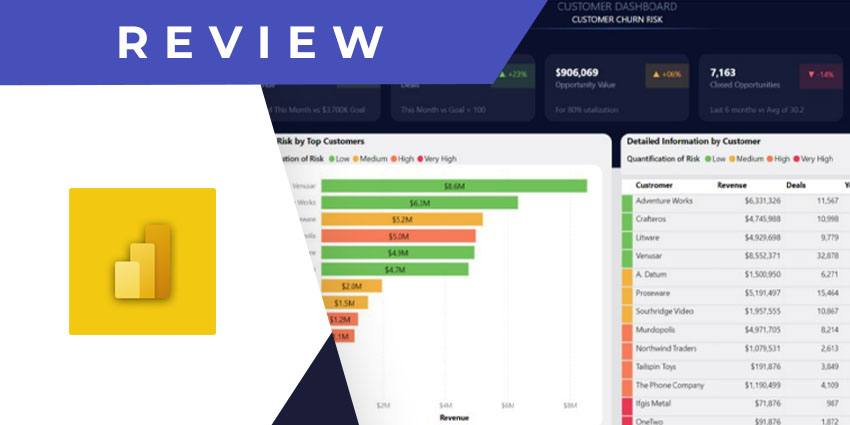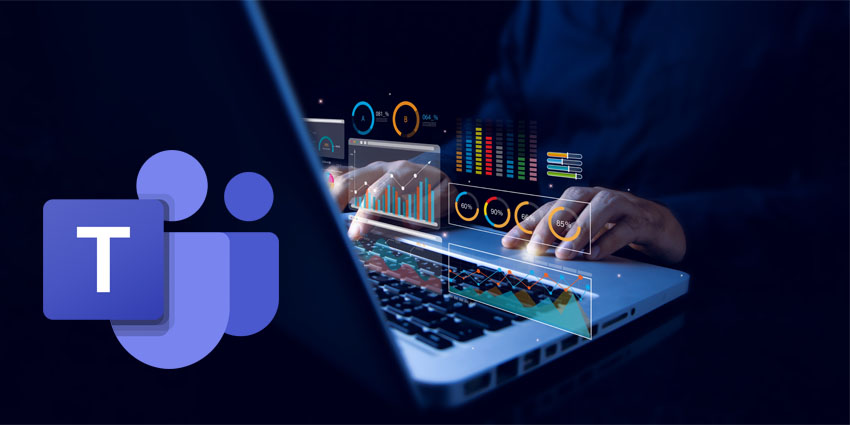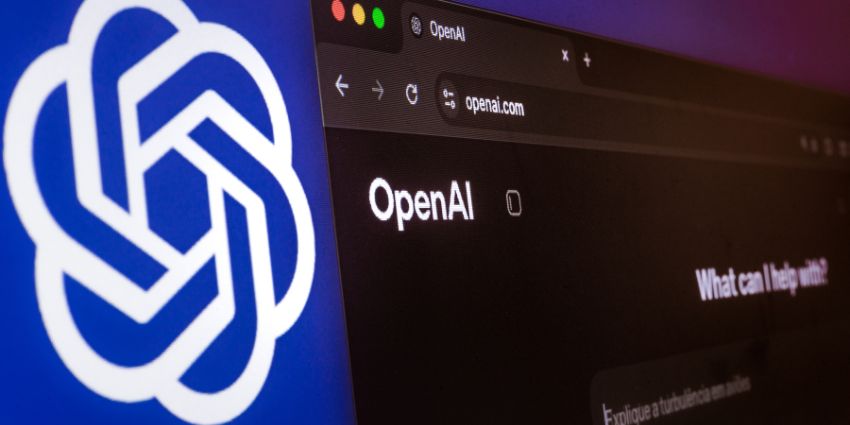This is among the much-awaited first-party integrations announced by Microsoft during Ignite 2020. It brings Power BI’s rich analytics capabilities into the Teams ecosystem, allowing users to gain from Microsoft’s business intelligence service without leaving the collaboration platform.
Power BI was first launched in 2011 and has seen several significant upgrades in the last decade. There’s Power BI Desktop, which is a standalone analytics platform, Power BI Embedded for Azure Cloud, Power BI Mobile Apps, an on-premise reporting solution, and a marketplace of custom visualisations. The Power BI app for Teams connects the two services (collaboration and business analytics), so you can perform everyday data analysis tasks from the Teams interface.
Since its initial launch during Ignite, Microsoft has constantly been adding to the integration’s capabilities, which means you can now access a complete Power BI experience from Teams. Let us review the app’s features in more detail.
Inside Power BI for Microsoft Teams
To install Power BI, you can simply navigate to the app store from the Teams’ left navigation pane and select the app. You don’t need additional admin permissions as this is a first-party integration. The app gives you access to all the reports, data applications, and dashboards that are accessible to you in your main Power BI account. We recommend that you pin the app to the left pane, as you will likely use Power BI as part of your daily workflow regularly.
Here are the key features this enables:
- Easy search and sharing anywhere in Teams – The integration lets you look up Power BI reports from virtually any location in Teams. From the Teams Search bar, you can type @Power BI – this opens a list of your most commonly and recently accessed reports, or you can also type in a specific search query. During conversations, you can click on the Power BI icon just below the message compose area, which opens a list of your recently used Power BI items. You can send the item with an auto-generated preview message or alter the message as per your requirements. This exact functionality is available in chat meetings as well.
- Chat in Teams feature – The Chat in Teams feature lets you directly send reports or dashboard links from the primary Power BI platform to a Teams channel, user, or meeting chat. When a recipient opens the link, they can see the intended data points. The Power BI integration for Teams allows recipients to enjoy this experience without leaving the Teams interface. I.e. the data points open in the Power BI app in Teams, instead of the primary platform.
- Dataset discovery – This feature further reduces the need to switch between the two platforms. Teams users can look up datasets available within the organisation (based on their permissions level), and quickly generate a report or perform data exploration from inside of Teams. The integration uses Microsoft Information Protection policies to protect datasets from unauthorised users at a row level.
- Pinned Power BI reports on channels – This simple but handy feature lets you pin a specific report from Power BI as a Teams channel tab. If all the channel members have permission to view the report, they can check the data, refer to it regularly, and collaborate on data-driven decisions.
- Power BI app availability by default – Microsoft allows Teams administrators to roll out the Power BI app proactively. This means that the integration will be available by default for every Teams user, which can be useful for teams and organisations working on data-driven products,
- Report creation from Teams – From the Power BI app, there is an option to create new reports either from copy-pasted/manually entered data or from a dataset already published in Power BI. The company plans to add import support for Excel datasets very soon.
Why the Power BI App in Teams Makes a Difference
The Power BI app in Microsoft Teams is smartly designed and chock full of features. Besides more complex reports and data analysis, nearly every data-related task can now be performed from the Teams interface. This dramatically reduces the hassles of switching between platforms when working on a collaborative data project, or when referring to a report in between a conversation.
What we Think
If you are an avid user of Power BI, this integration is a must-have, combining industry-best business intelligence with your team’s collective expertise. Download it here.







